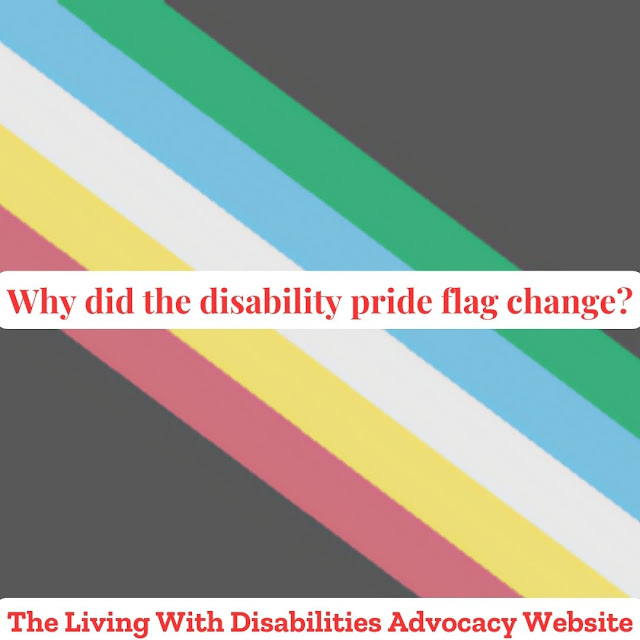Accommodating in a workplace
When it comes to Living With Mental and Physical disabilities and trying to make a living, people with these conditions deal with multiple challenges in the workplace. Some of these challenges they're faced with are based on their appearance. Like, people who have specific disabilities. Like, people who are in wheelchairs, they're unable to reach items above arm's reach. And People with disabilities face discrimination because of their employee's behavior. Truth be told getting hired becomes overwhelming for many people with disabilities and want to work. But, can't find a job, even though unemployed.
In 2019, 19.3 percent of People with a disability were employed, however, the employment ratio for people without a disability was 66.3
percent. The unemployment rates for both people with and without a disability cut from the previous year to 7.3 percent and 3.5 percent, separately. According to The U.S. Bureau of Labor Statistics.
In this article, we're going to discuss how to accommodate people with a disability in the workplace, and what job's people with disabilities can do. Let's cut right to it, When it comes to accommodating a person with a disability it's really not that hard to do. We may need a few loose ropes here and there. but, we're not asking to loosen up all the screws. Like, Adjusting the computer or computer desk with a few software tools for us to navigate around the workplace. Especially, when it comes to physical disabilities. For example, if someone is visually impaired, you can order a screen reader or braille keyboard. For someone who is Deaf or Hard of Hearing, change the setting to replace the sound with text or visuals. You can even make the mouse pointer stand out by increasing the size or changing its color. These add-ons won't break your budget it will only help your employees to complete their tasks.
These are not the only ways to accommodate in the workplace your employees with disabilities. Your employees may need other modifications. Especially, when it comes to a person with dyslexia, choosing fonts like monospace, Courier New, or Lucinda Console, or increasing letters and line spaces.
If you think we're done here with accommodating hold on there's more to go, choosing the correct furniture. Having the capacity to modify the desk, chair, and monitor height is a great start. However, knowing what type of disability your employee has is valuable when preparing their office space for them. For example, a person in a Wheelchair may not need a chair and may need other adjustments. Like, their desk and computer monitor adjusted. A person who is visually impaired may need a sturdy chair without wheels to help them sit without having the chair move on them. Here's the overall look on accommodating, to make sure you meet your employee's needs, and always ask them what's needed to help thing's become easier on them.
Next to where to start when accommodating someone with a disability, as the employer, you must make necessary changes to qualify a person with a disability to create an accessible for them, unless you can show that doing so would greatly improve your business. For instance, A small business would need to make sizable and costly adjustments for their employees with a disability along with the high expense might highly affect your business, the company may be able to pass on the person, usually, but, high expense alone won't eliminate a firm responsibility to modified for their employee's.
A person with a disability knows what their needs are to make themselves successful in the workforce.
Let's cover jobs for those with disabilities, work that a person with a disability can do. Katrina Smith, the host of Living With Disabilities, has worked for different businesses. For instance, Fast food places, Libraries, Courthouse, and in the attendance office at her school. These were the job titles she has held, Chef Assistant, Librarian Assistant, Clerical worker assistant, and office assistant. Katrina has a Mental disability and, needed accommodation for some of the work she has done. Here are ten jobs people with disabilities can do. Despite, Mental or physical disabilities.
1. Chef Assistant
2. Librarian Assistant
3. Clerical Worker Assistant
4. Office Assistant
5. Medical Administration Assistant
6. Call center
7. Counselor
8. Pharmacy Technician
9. Legal Assistant
10. Accounting Specialist
*(This list is just some of the jobs people with disabilities can do and, there are multiple other jobs that people with disabilities can do.) We only covered Ten which should be sufficient. Work cited pages: Law Depot blog, Bureau of Labor Statistics U.S. Department Of Labor. photo from shrm.org




Comments
Post a Comment